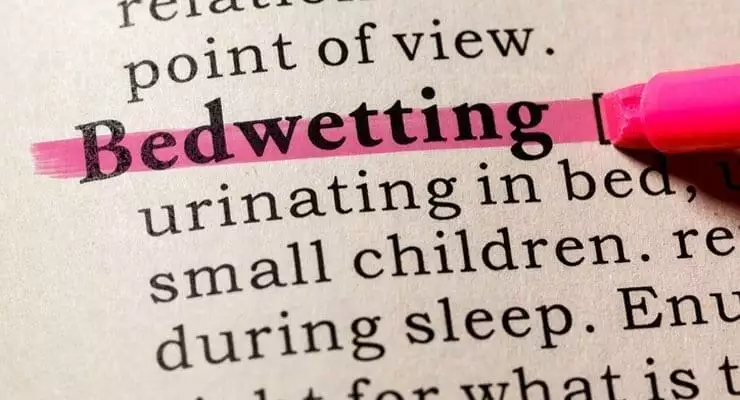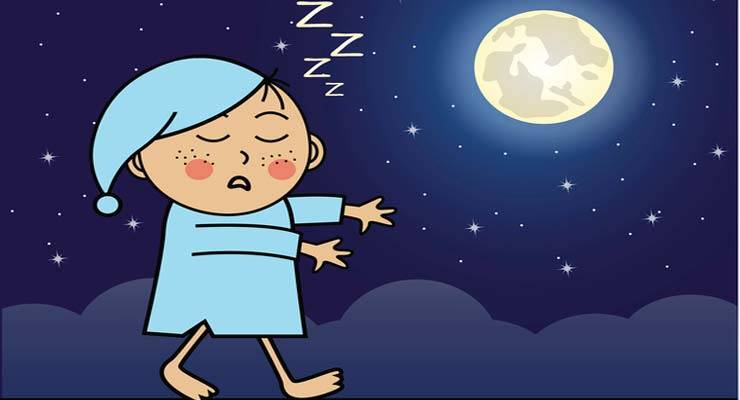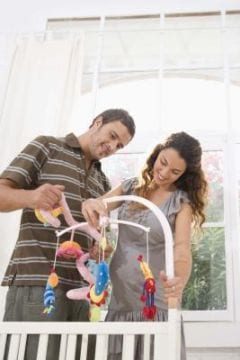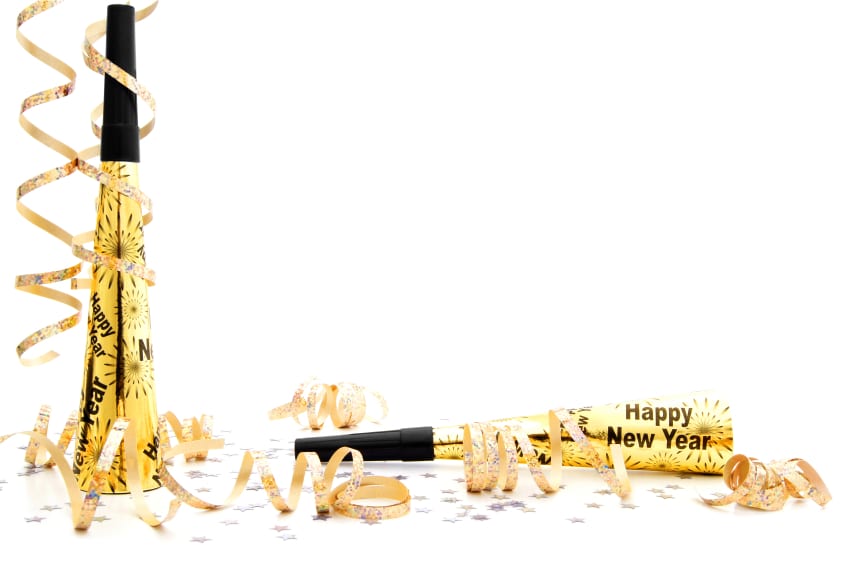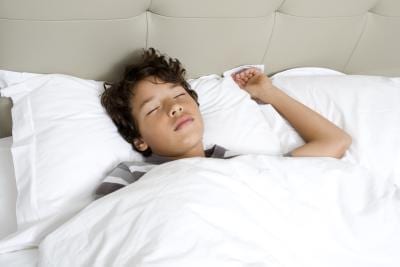How to Stop Child Bedwetting
Each night in the U.S., more than 5 million children wet the bed, according to Medline Plus. Boys are more affected than girls. At the age of 7, 9 percent of boys still wet the bed, compared to 6 percent of girls. Bed wetting is involuntary urination that occurs at least twice per month, so it does not have to be a nightly occurrence for it to be considered bed wetting. There are steps you can take to help a child stop wetting his bed.
How Can I Stop My Child From Sleepwalking?
Sleepwalking is a condition also known as somnambulism. For children, it is a condition that occurs most often in the preteen years. According to Dr. Jennifer Shu, a pediatrician at the Children’s Medical Group in Atlanta, Ga., sleepwalking may affect as many as 15 percent of children. Somnambulism, or sleepwalking, involves more than simply walking while asleep. It can be simply sitting up in bed, or it can involve more inappropriate behaviors, such as opening closet doors and urinating inside. Sleepwalking in children can be frightening for parents, but there are steps that can be taken to help deal with the condition.
How to Decorate a Baby Room
A baby room, or nursery, is a room that will be remembered long after the baby has grown into adulthood. Decorating the nursery is, in one way, planning ahead for how the months and years after birth will be reminisced. Also, the decorations in a nursery will be some of the earliest things a newborn will set eyes upon, and parents rightly want to make those decorations stimulating and pleasant for the child. Decorating a baby room is not difficult, and remembering a few key steps before actually setting the room up can save time later.
Game Ideas for Your New Year’s Eve
Everyone’s invited over for your New Year’s Eve party, and you’re worried about entertainment for the hours of potential dead time until that magic moment at midnight. While there are standard ways to help with entertainment such as music and food, New Year’s Eve games will show everyone a good time.
Childhood Sleep Apnea Symptoms
Brief pauses in breathing during the wakeful hours are typically not problematic. These brief pauses are called apnea. When the apnea happens to someone asleep, it’s called sleep apnea, and it can cause disruptions in sleep patterns. Childhood sleep apnea can result from obstructions such as enlarged tonsils or adenoids. Parents and caregivers can benefit from knowing the signs and symptoms of childhood sleep apnea.

